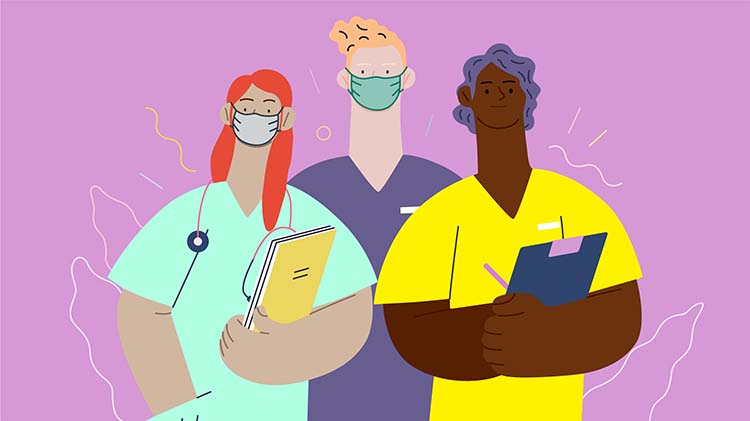Design Your Own Surgical Checklist
19 Jun 2012
Gawande et al published a study in 2008 showing a 50% decrease in surgical mortality and a slightly smaller reduction in morbidity with use of a surgical checklist that went well beyond a “correct side” protocol. Our experience suggests use of the WHO checklist, modified for local and specific needs, will very likely achieve greater acceptance.1
The use of a surgical checklist is evidenced based (from the above study), properly performed it can be done very quickly, and, not least, there are check list items that might seem much more “relevant” to the immediate clinical outcome.
The current version of the WHO checklist is available on the WHO website at www.who.int/patientsafety/safesurgery/ss_checklist.
Surgeons are welcome to modify the checklist according to need, without changing the essence of the process. The checklist used at my hospital was designed by two surgeons, Peter Callan and Richard Grills, in association with Rose Lyall our Nurse Unit Manager in theatre. The current version of this checklist is below. As an example of a very recent modification is to include actual inspection of a specimen jar, as it was realised that it is possible to send a labelled but empty jar. The type of surgery will lead to other changes. Ophthalmologists, for example, might exclude some items such as DVT prophylaxis, but include pre and post op checking of the power of the implanted intraocular lens. The “Surgical Safety System” is relevant wherever procedures are performed, including general practice.
WHO provide an implantation guide for the checklist, and our experience confirms their suggestion that a co-ordinator should be designated prior to a list commencing.
The checklist is used in a cock-pit style read out. A copy, large enough to be seen from 4-5metres, is pinned up on the wall of each anaesthetic room and operating theatre. Checklist items are read out (loudly) and the relevant person responds verbally (marked by code on the list n=nurse, s=surgeon, a=anaesthetist). There is no requirement for the surgeon to sign anything, particularly as almost everything on the list is recorded somewhere in the history anyway.
The sign in (pre anaesthetic) section takes the longest, approximately a minute, but the preoperative and sign out sections take only a few seconds.
I do not pretend that acceptance among surgeons and anaesthetists has been immediate and complete, but we are seeing an increasing use as clinical relevance and easy use is recognised.
You are encouraged, not least for your own sake, to go beyond the “Correct side, correct patient, correct operation” protocols and embrace your own version of the Surgical Safety System.
Dr Patrick Lockie MBBS, FRACO
MDA National PMLC Member (VIC)
Reference
1 Gawande et al. A Surgical Safety Checklist to reduce morbidity and mortality in a global population. N Eng J Med. 2009 Jan 29; 360(5): 491-9. E pub 2009 Jan 14
Professional boundaries in healthcare - Part 1
Boundaries with patients present in numerous ways every day and all health practitioners
11 Aug 2025
Understanding Professional Medical Indemnity Insurance
Do you understand the ins and outs of professional medical indemnity insurance?
11 Aug 2025
Professional boundaries in healthcare - Part 2
Boundaries with patients present in numerous ways every day and all health practitioners
11 Aug 2025
Understanding changes to the Fair Work Act
What are the changes to the Fair Work Act and what is my role?
22 Jul 2025







